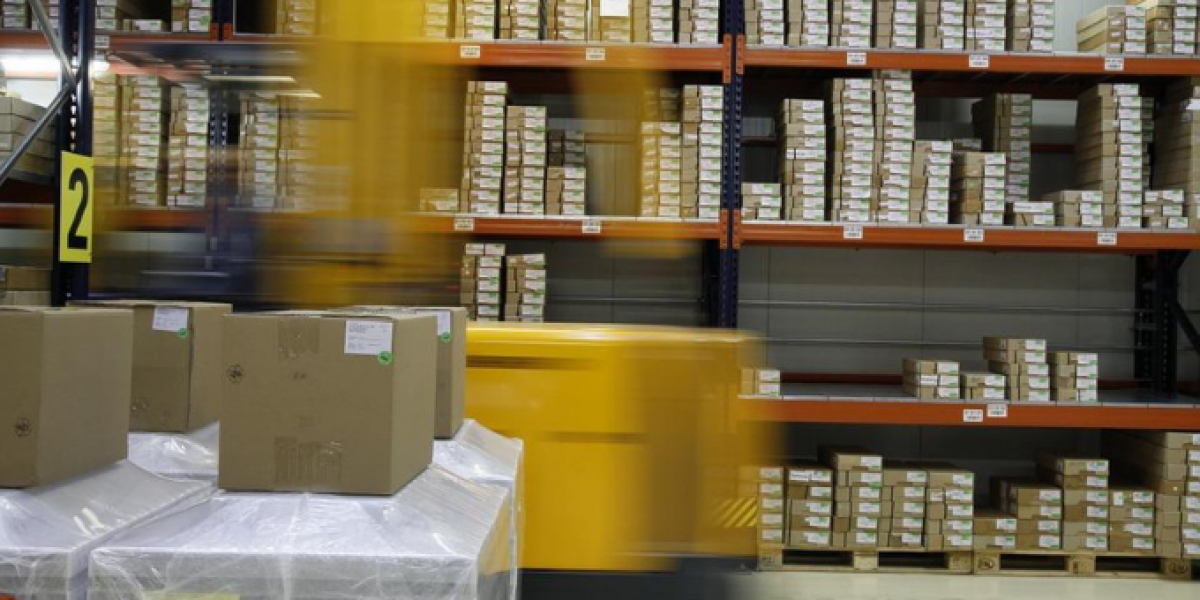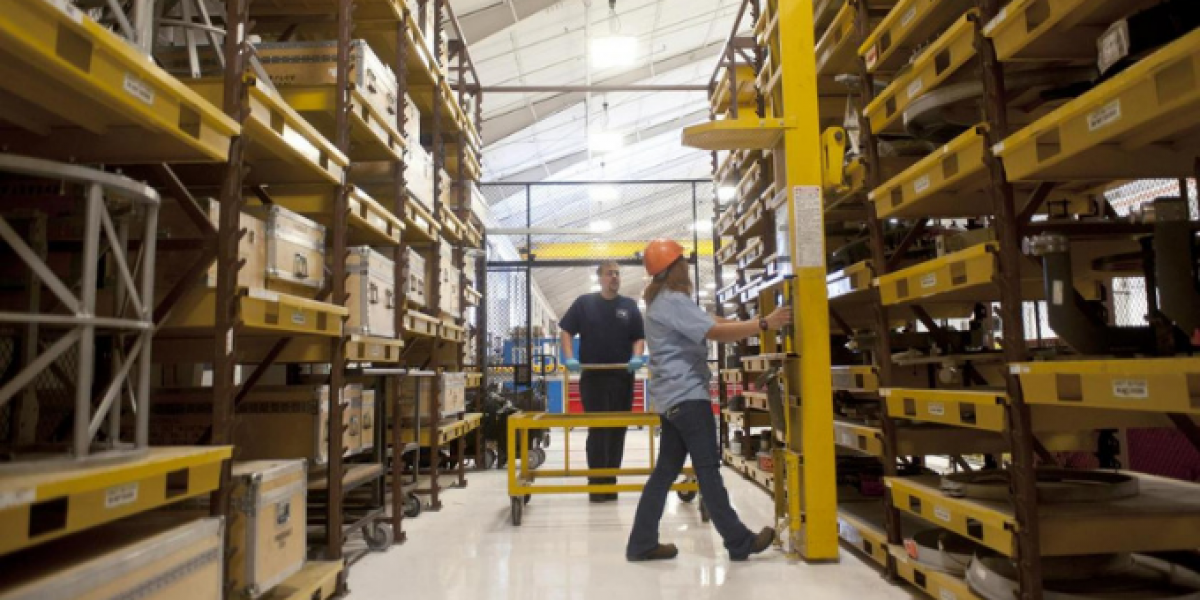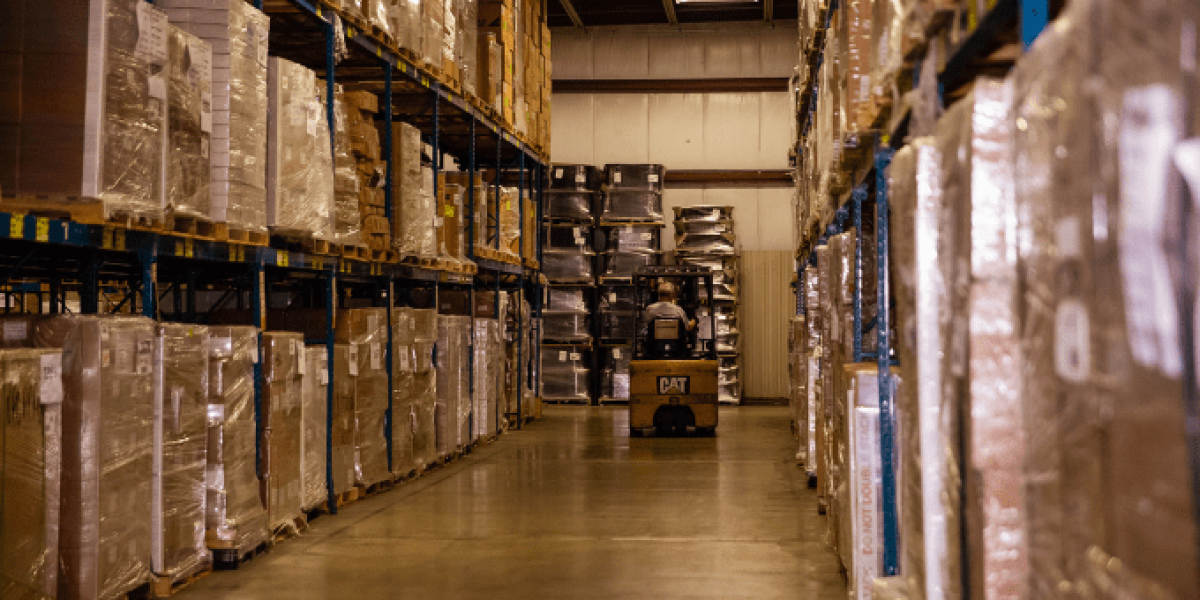
One of the main ways to assess the overall sustainability of business operation is to take a close look at the supply chain. Oftentimes the evaluation, transparency and power to rework a practice or product in your supply chain can be more difficult to handle.
1. How can we increase product sustainability?
Making products more sustainable can help lower costs through efficient transportation and production. Cleaning companies are among the best examples of how businesses have turned sustainability into a true asset for their product lines and marketing strategies, with formulas that are two or three times more concentrated versions of old formulas. This reduces the quantity of product that requires processing while reducing fuel consumption.
Designing sustainable products also means that recycling materials can reduce your raw material costs. This may not always be possible with products like car wax, but the bottles may be recyclable and can reduce your costs if you collect enough recycled material.
2. How can we make suppliers more sustainable?
Over the years, supply chains and logistics have benefited from improved technology. However, many suppliers that haven’t been required to innovate or upgrade are still using outdated practices that can limit sustainability. Examples of this include outdated product scanners that may not be completely accurate. This can lead to mismatched information when your customers order online and expect a delivery within a given timeframe. The warehouse may not have enough of your product, or may require double-checking by its staff, which can often increase your labor costs throughout your supply chain.
A good way to make suppliers more sustainable is to implement incentives that inspire them to care, such as scorecards.
3. How can sustainability be measured more effectively?
Measuring efforts to reduce consumption are crucial to achieving sustainability goals. Without sufficient measuring, supply chain managers won’t be able to determine whether or not they’re truly benefiting the company. Scorecard programs and route optimization are vital to tying results to these efforts.
Getting started on a scorecard can be a daunting project, so here's a little help. First examine and write out each step of your supply chain for a certain product (just as an example). Then answer these questions:
- What is our error percentage between the first and final steps? (or what is our perfect order rate?)
- What is our inventory turnover rate?
- What is our order picking and inventory accuracy?
- What is our rate of return for this product?
4. How can we avoid suppliers that aren't efficient?
Sometimes efficiency may not seem to affect on your bottom line. For instance, many companies that have neglected to examine their supply chain quality have lost millions of dollars in recalls for defective or harmful products. Taking a look at how often your supplier or supply chain partner passes inspections or handles potentially toxic or hazardous material can tell you if they're committed to handling your product safely and efficiently.
5. Who can help us ensure sustainability?
You should have an individual somewhere in your supply chain assigned to introducing sustainability into your operations. Practitioners should give ample attention to the supply chain as well, further improving its sustainability in the long run.
Asking these questions and taking the subsequent steps can help make sure that your supply chain is capable of giving you the results you want from it while also meeting, or even exceeding, your business demands.


